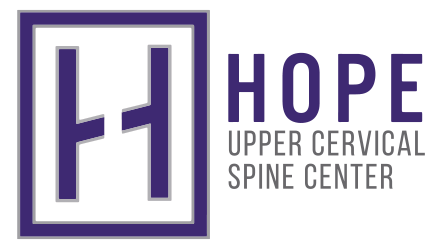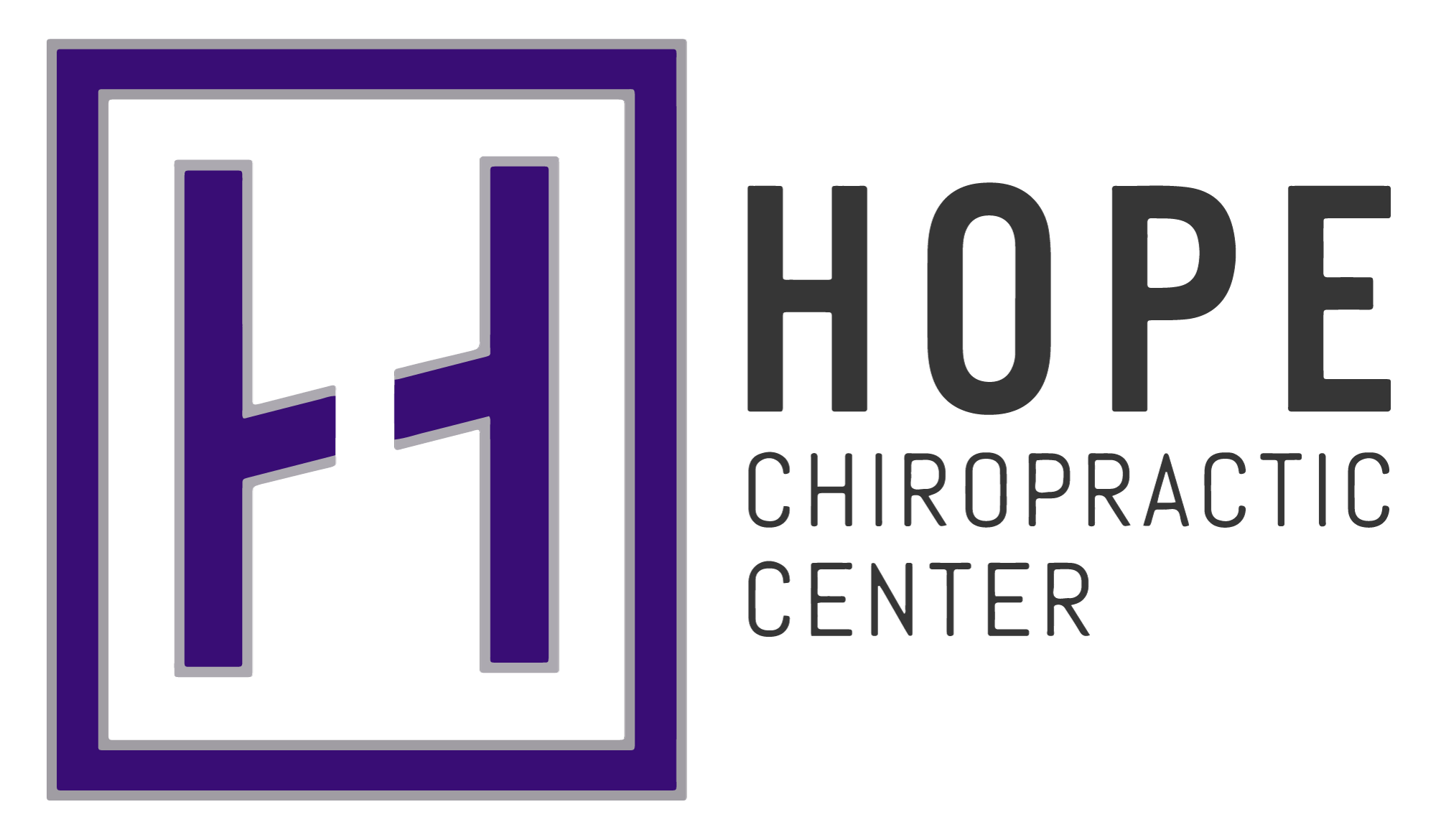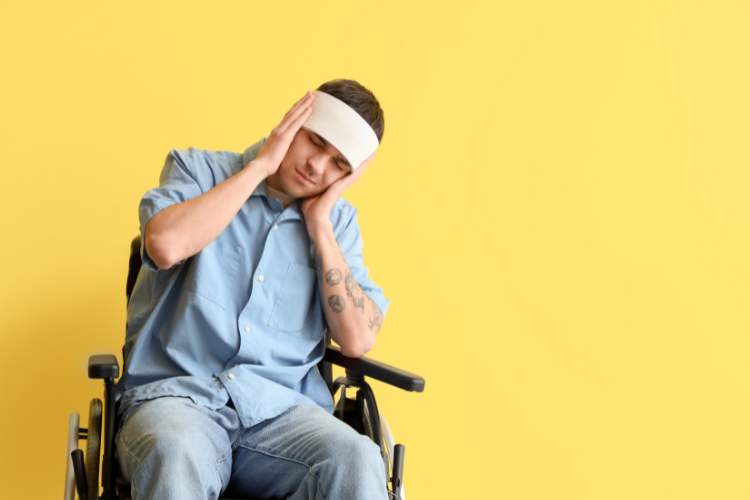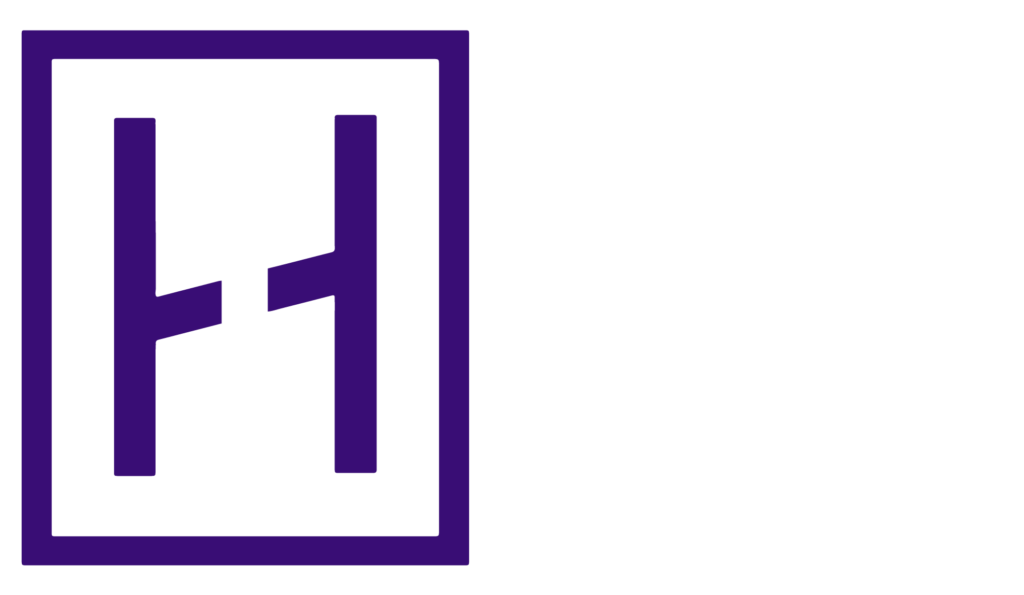If you’ve been paying attention to the news lately, you’ve likely seen the ongoing commentary on the devastating effects of concussions, post-concussion syndrome and chronic traumatic encephalopathy (CTE).
A concussion is a mild form of traumatic brain injury (TBI) resulting in a temporary loss of normal brain function. A concussion can occur from not only a direct blow to the head but also a blow to the body in which the head is shaken violently, both of which, can add whiplash to the injury. Not all concussions are suffered by athletes while playing sports; falls and accidents can cause them too. It is important to know that you do not have to lose consciousness to get a concussion.
According to the Journal of the American Medical Association, there are nearly 3 million cases of concussion reported each year but in reality, hundreds of thousands of cases go undiagnosed. A frightening statistic published in the Annals of Neurology revealed that teenagers who suffer just one concussion have a 22 percent higher risk of developing Multiple Sclerosis (MS). Teenagers who suffered two or more concussions had the risk of MS increase dramatically – a whopping 133 percent.
WHAT ARE THE SYMPTOMS OF POST-CONCUSSION SYNDROME?
The lingering effects or symptoms that follow a concussion are actually referred to as post-concussion syndrome. These symptoms can appear and linger weeks or even years after the injury. Some of the most common long-term symptoms of post-concussion symptoms may include:
- Vertigo or dizziness
- Migraines or headaches
- Brain fog / Loss of Memory & Concentration
- Neck pain or stiffness
- Irritability / Anxiety / Depression
- Tinnitus & Insomnia
- Sensitivity to light & sound
WHAT ROLE DOES THE NECK PLAY IN POST CONCUSSION SYNDROME?
Often overlooked, the neck plays a major role in post-concussion syndrome symptoms. Consider the fact that a concussion occurs at an average impact of 95 G’s of force, while a neck injury occurs at only 4 G’s of force. Therefore, it is nearly impossible to have a concussion without also having an underlying injury to the neck.
The neck injury can be just as serious as the brain injury in that the bones of the upper neck – called the upper cervical spine – is intimately involved with vital nerve functions that not only affect the brain but also the function of major organs of the body. The upper cervical spine houses and protects the lower part of the brainstem which connects the brain to the spinal cord.
The brainstem is responsible for brain to body communication and also controls all of the body’s vital functions, regulating heart rate, reflexes, breathing, and even consciousness. Even the brain itself relies on messages from the brainstem.
In fact, both research studies and upright diagnostic imaging have shown that an injury to the upper cervical spine can result in:
- Impaired nervous system communication
- Inhibited blood flow to the brain
- Reduced cerebral spinal fluid (CSF) drainage resulting in intracranial pressure
If a misalignment of the upper cervical spine can affect nerve function, blood flow and CSF flow, you can see how symptoms of post-concussion such as migraines, vertigo, brain fog and other difficulties occur. If the neck is not corrected, it can lead to long term damage.
HOW CAN YOU CORRECT AN UPPER CERVICAL MISALIGNMENT?
Upper Cervical Care is different from traditional chiropractic, physical therapy and medicine but here are just a few things you should know.
- Precise Low-Force Corrections – Imaging provides the exact location and degree of misalignment which makes the Upper Cervical Corrections extremely gentle and precise. There is no popping and twisting that most people associate with traditional chiropractic care.
- “Holding Is Healing” – Precise imaging leads to effective and long-lasting corrections that give the body the time it needs to heal following concussions. The goal of Upper Cervical Care is for the spinal correction to “hold” or stay in alignment for as long as possible. The longer you “hold” the correction the more you heal.
Even if you don’t recall a specific head or neck injury but you are suffering from the effects of post-concussion syndrome, get an examination performed by an upper cervical chiropractor today! You may be a gentle correction away from natural relief.








